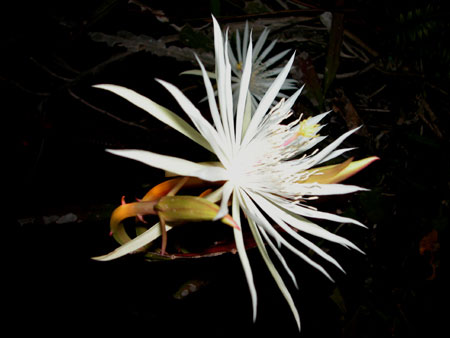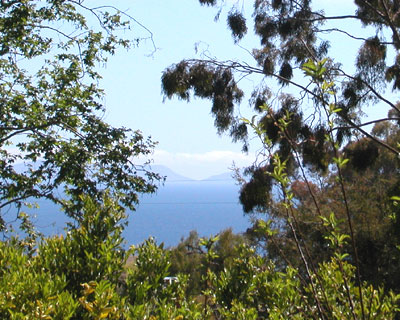 |
 |
Aves International, Southern California |
|
|
|
|
|
|
|
|
|
|
|
|
|
|
|
|
|
|
|
|
|
|
(prices and availability) |
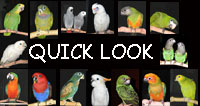 |
Our coastal location near the Pacific Ocean south of Los Angeles, California has a Mediterranean climate. We have cool rainy winters, foggy springs, and dry warm summers and falls. We keep our Lory, Caique, and African species for breeding here. They seem happier in the coastal climate and breed almost year-round. Our facility is densely planted and our birds live in a sub-tropical environment, lush with vegetation.
|
|
 |
Here are two views of the coastline, within walking distance from our coastal location.

This was taken from our back deck on 3/28/02 and shows the
isthmus of Catalina Island and the calm Pacific Ocean.

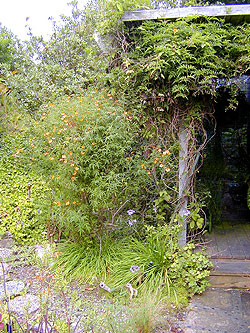

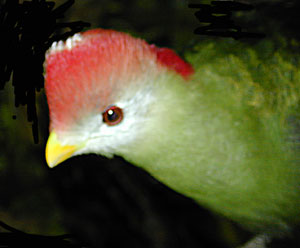
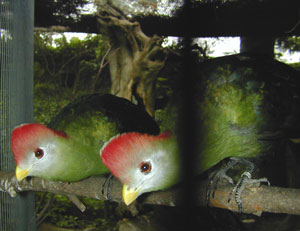
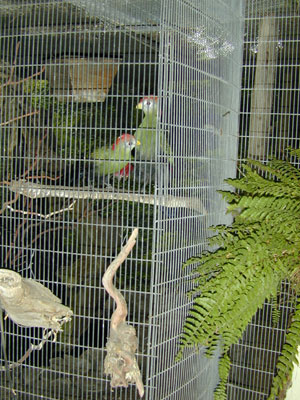
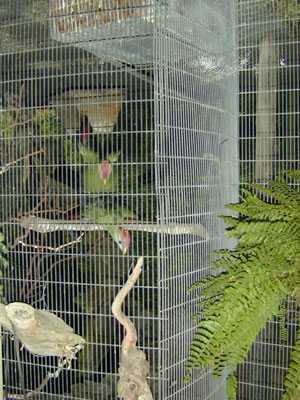






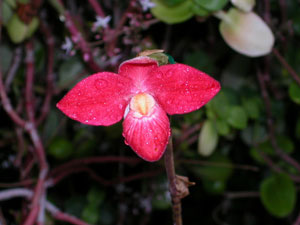










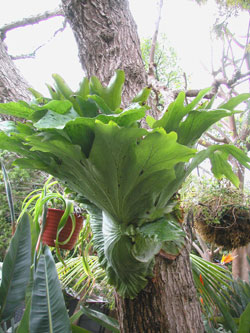



/7-11-01/dadjack.jpg)












